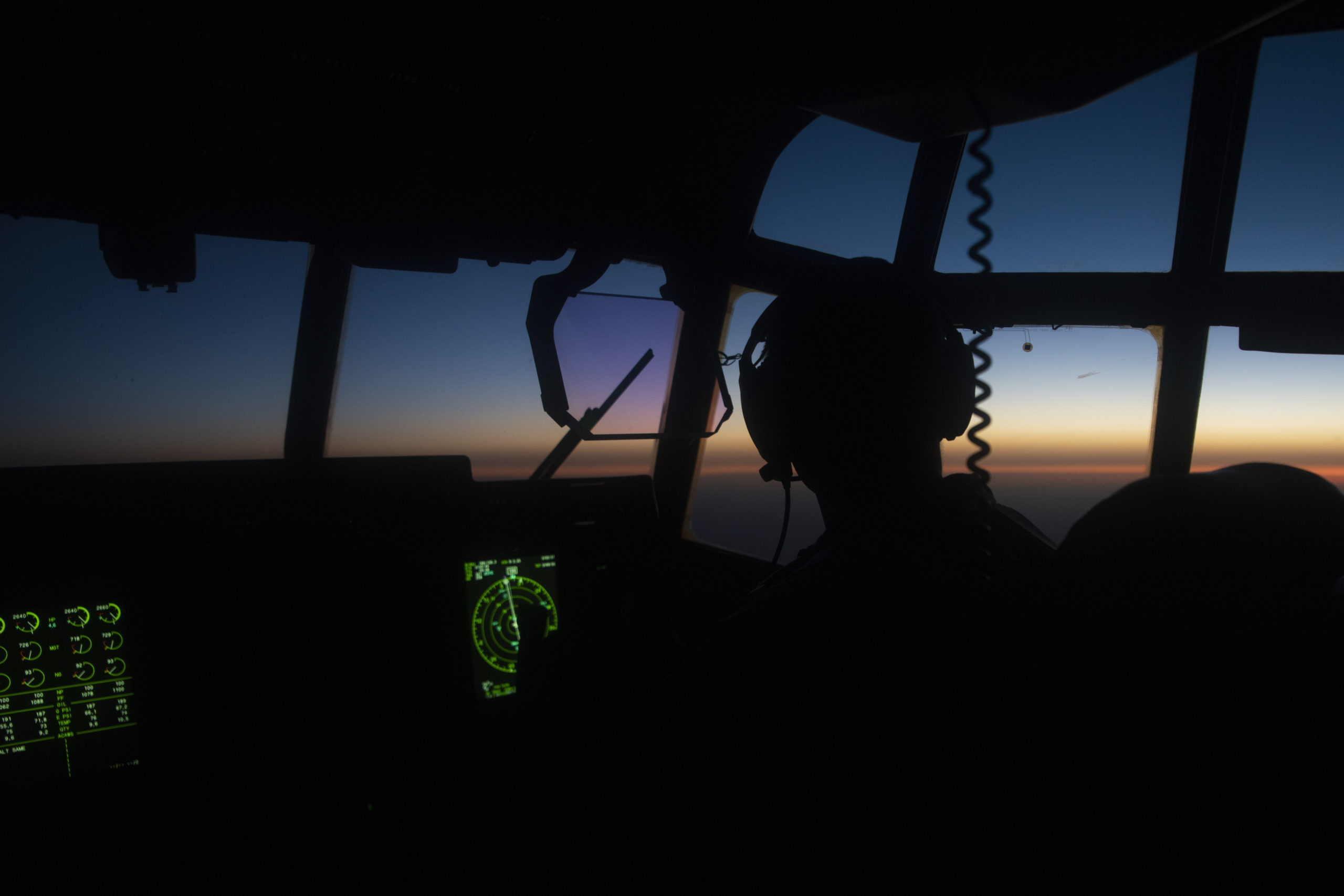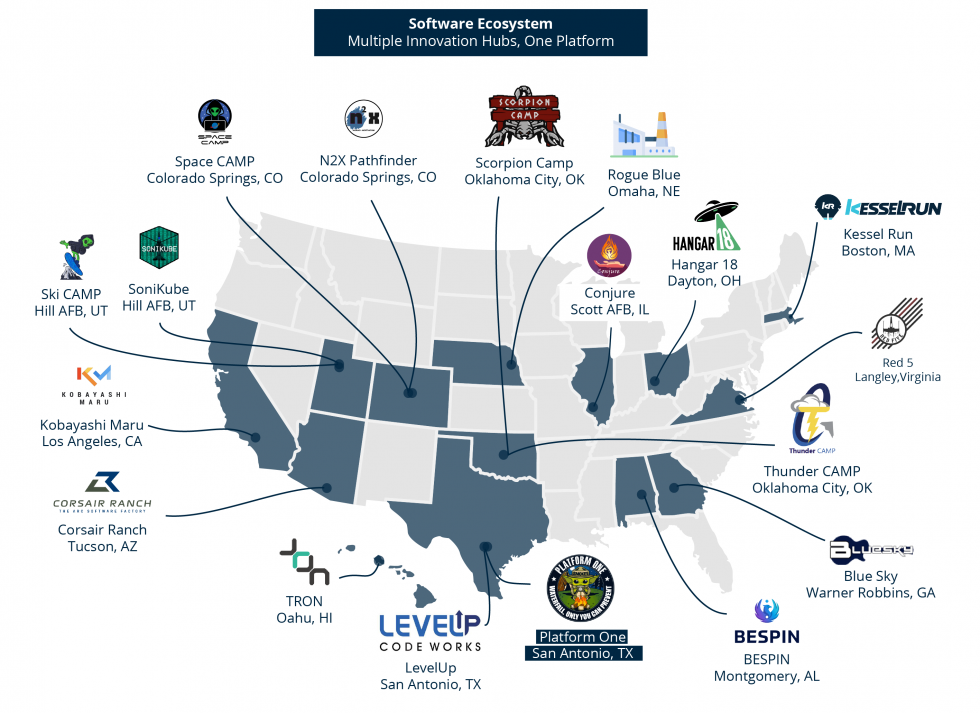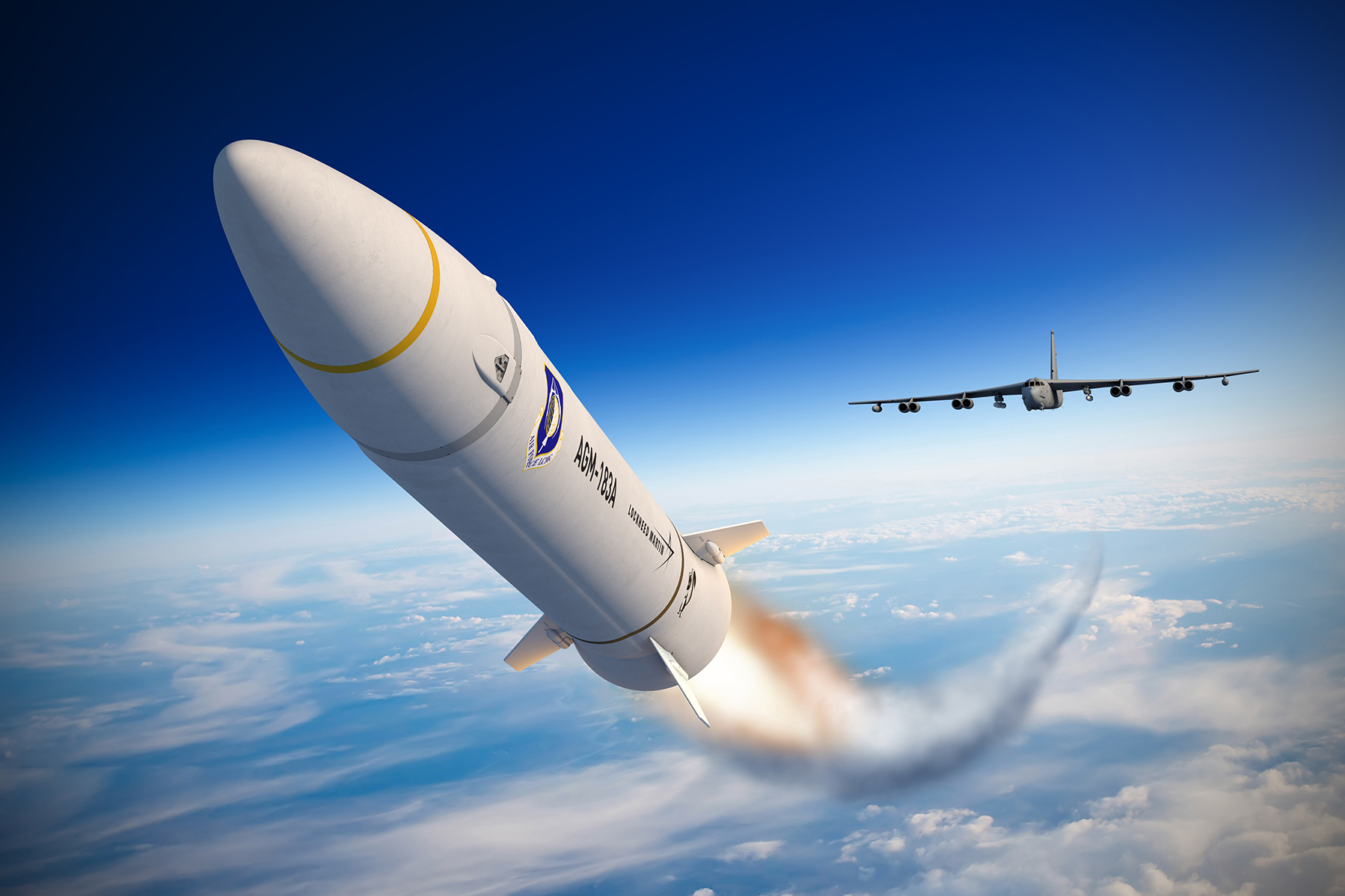As the U.S. continues to pursue a diplomatic resolution with Russia over its troop buildup on the Ukraine border, the Defense Department is looking into what capabilities it will need to reassure NATO allies if Russia does launch an invasion, its top spokesperson said Jan. 21.
In a Pentagon press briefing, John F. Kirby described the efforts to dissuade Russia from an invasion of Ukraine as a “whole of government” and “international community” effort. Within that effort, DOD has a particular job.
“We’re going to make sure that we have options ready to reassure our allies, particularly on NATO’s eastern flank, if there’s another incursion,” Kirby said. “And if they need that reassurance, if they need their capabilities to be bolstered, we’re going to do that. And we’re going to make sure that we’re ready to do that.”
Over the past several months, more than 100,000 Russian troops have flowed to the western part of the country, massing all along the Ukrainian border, along with a sizable fleet of ships in the Black Sea.
President Joe Biden said in early December he does not plan to send U.S. troops to Ukraine to defend against or deter a Russian invasion. At the same time, he warned that an invasion would cause the U.S. to “reinforce our presence in NATO countries to reassure particularly those on the eastern front.”
NATO allies in the region, for their part, have said they want an increased NATO and U.S. presence to deter Russia. But Kirby indicated Jan. 21 that Defense Secretary Lloyd J. Austin III has not received any “specific asks” from allies.
Should those requests come, though, DOD will be ready, Kirby said.
“Some of those capabilities can come right from inside the European Command area of responsibility, or even from the States,” said Kirby. “Our job is to tee up options. Our job is to make sure that we’re ready in case our allies need us, and so the Secretary continues to look at all those options before him.”
While the U.S. is not planning to deploy combat troops to Ukraine, it is set to provide military aid to the Ukrainians. The Associated Press reported that the State Department is providing some $200 million in defensive military equipment.
What exactly or how much equipment is still unclear—Kirby deferred to the State Department when asked, and the State Department referred Air Force Magazine to a department fact sheet that describes the military aid the U.S. has provided Ukraine over the past several years, including “High Mobility Multipurpose Wheeled Vehicles, tactical Unmanned Aerial Vehicles, secure communications, satellite imagery and analysis support, counter-battery radars, night vision devices and thermal scopes, sniper rifles, and equipment to support military medical treatment and combat evacuation procedures.”
At the same time, the U.S. has granted approval to Estonia, Latvia, and Lithuania to send American-made weapons to Ukraine, according to a joint release from the nations’ defense ministries. Specifically, Estonia is sending Javelin anti-armor missiles, while Latvia and Lithuania are sending Stinger anti-aircraft missiles
Meanwhile, the U.S. is set to take part in a NATO military exercise, Neptune Strike 22, starting Jan. 24 and running through Feb. 4, Kirby announced. The Truman Carrier Strike Group, highlighted by the aircraft carrier USS Harry S. Truman, will be placed under NATO operational control for the exercise, “to test … really a wide range of maritime capabilities that we want to make sure we continue to improve,” Kirby said.
The exercise has been planned since 2020, Kirby added, and planners took into account the current situations in Ukraine and in the Mediterranean before deciding to proceed with it.
“The exercise itself is not designed against the kinds of scenarios that might happen with respect to Ukraine,” Kirby said.








